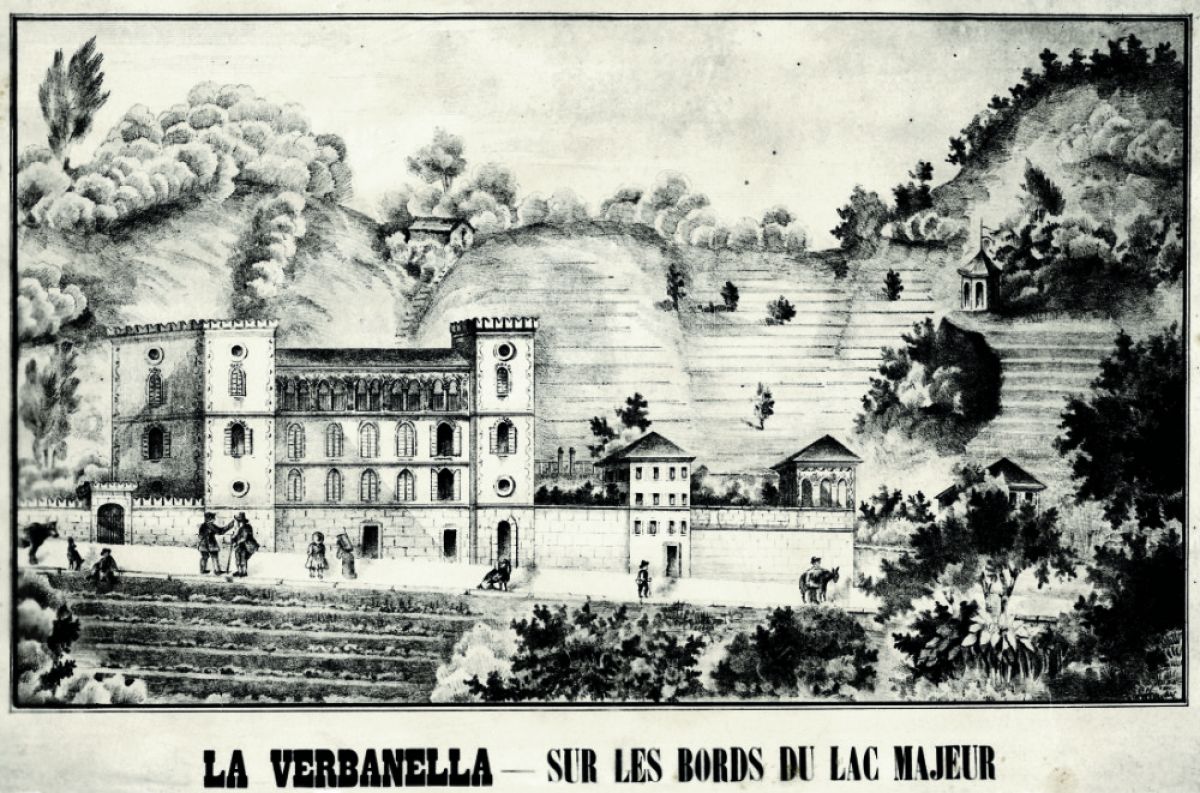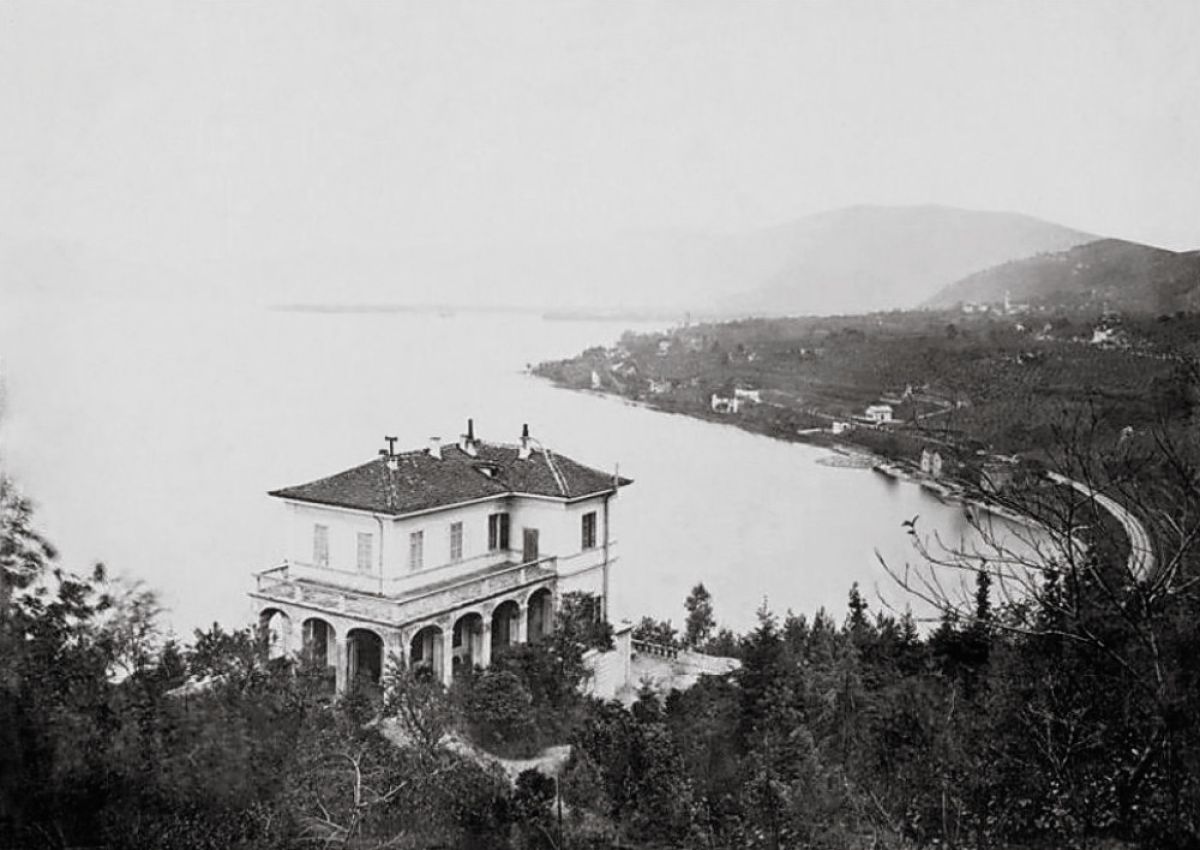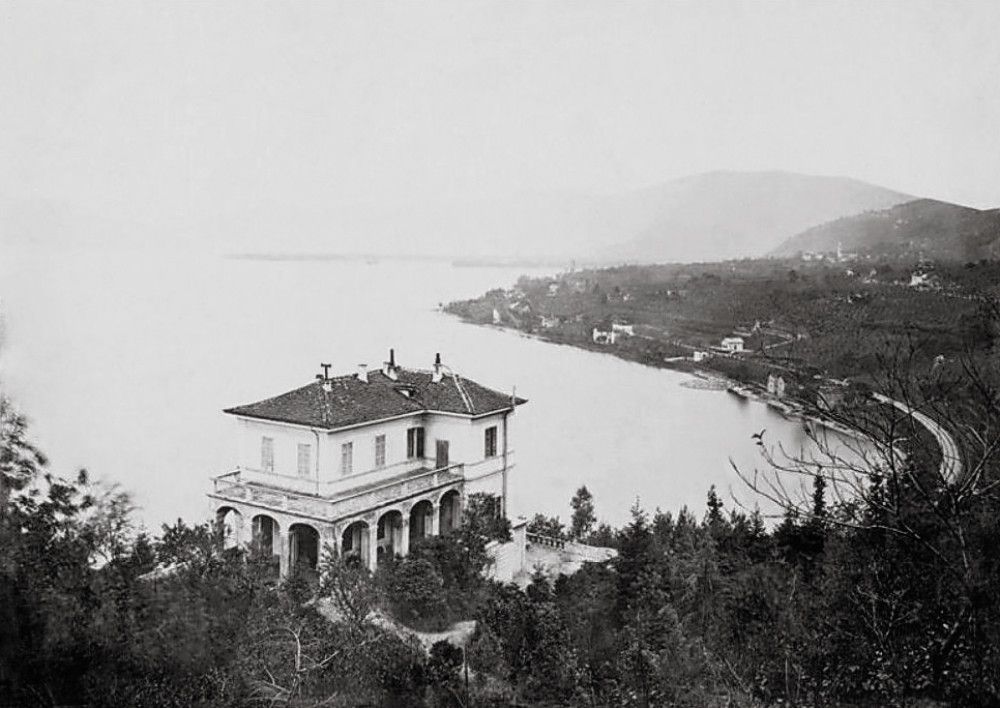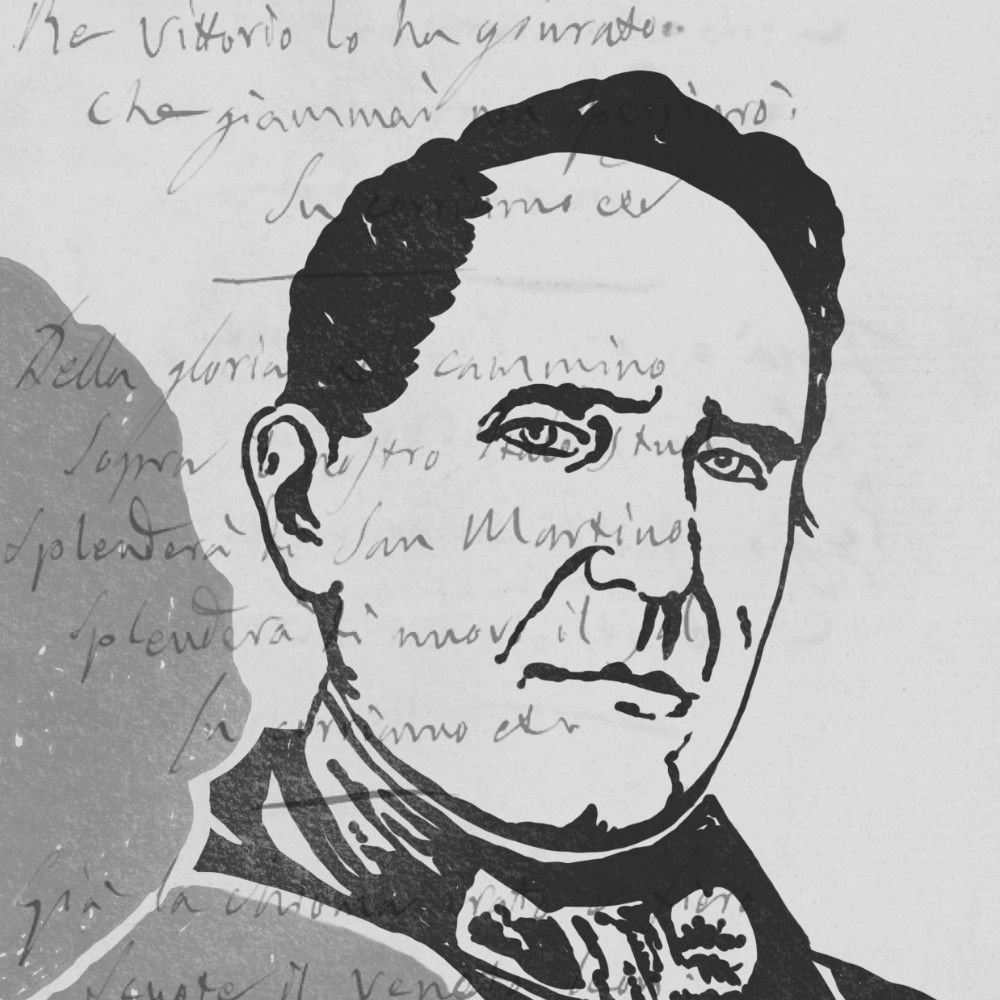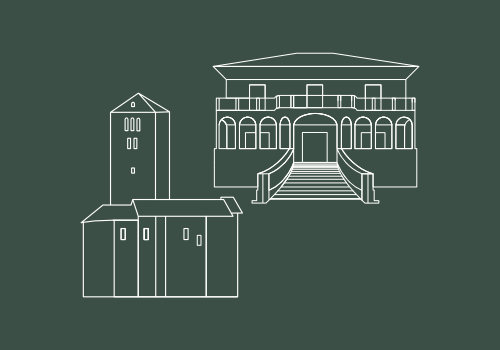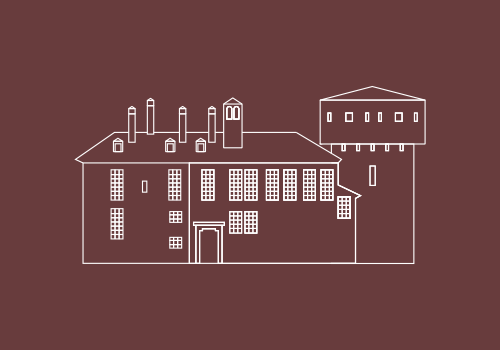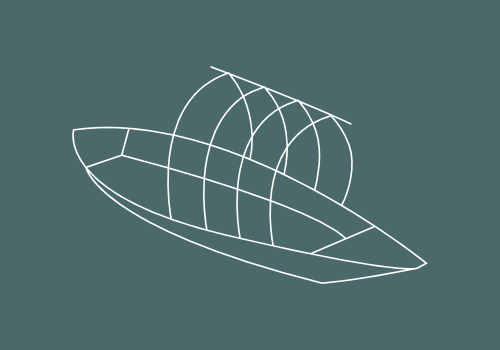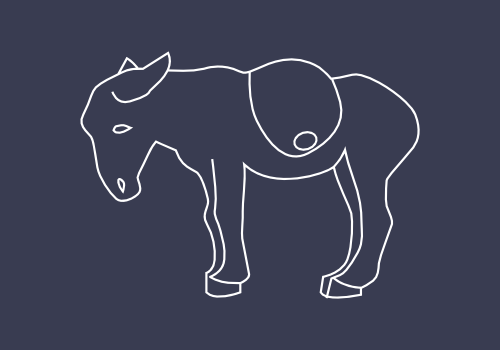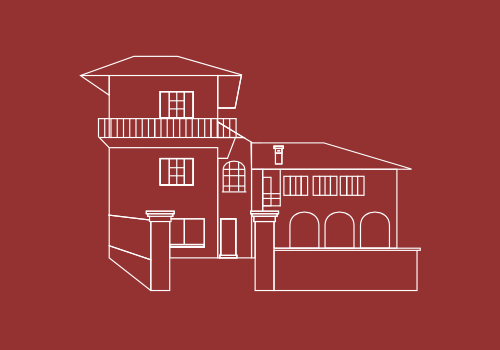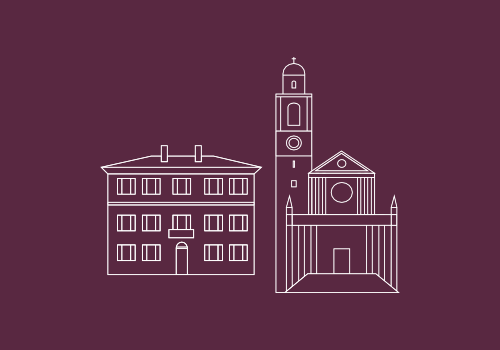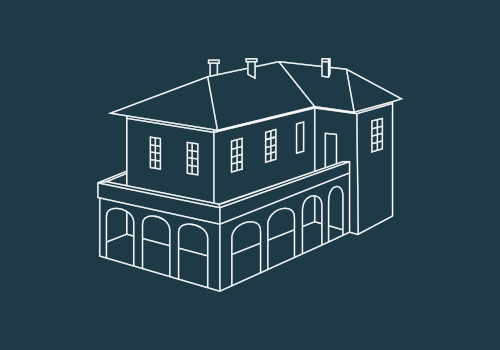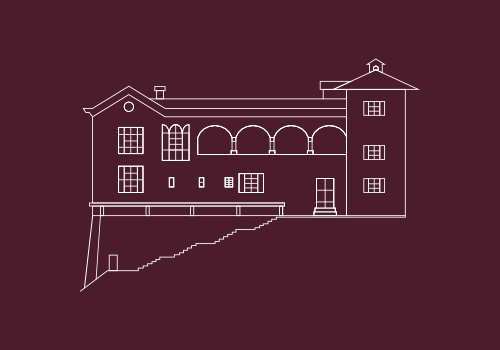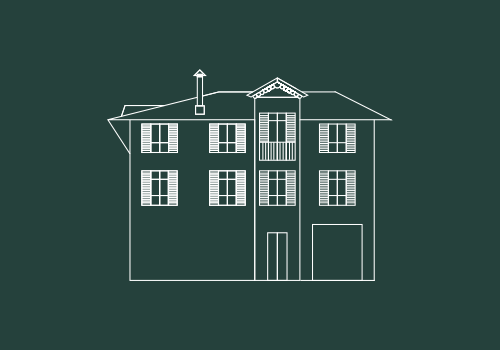Verbanella and Roccabella

The shoreline that rises from Mappo towards Mondacce enjoys an almost Mediterranean climate. It was initially used by wealthy families from Locarno who established vineyards and built farmhouses here, and then from the 19th century onwards it attracted affluent foreigners looking to build prestigious villas and gardens.
A trail called ‘Roccabella’ was reopened in 2018. Properties of great historical significance once inhabited by figures who embodied various utopian principles and ideals are found along the route. Memories of local people include recollections of the women who cleaned the villas and had the arduous task of taking the laundry down to the lake and carrying it back up again while still wet to lay out to dry in the sun. At this time, utopian ideals were for the rich, while the poor faced a life of hard graft.
A trail called ‘Roccabella’ was reopened in 2018. Properties of great historical significance once inhabited by figures who embodied various utopian principles and ideals are found along the route. Memories of local people include recollections of the women who cleaned the villas and had the arduous task of taking the laundry down to the lake and carrying it back up again while still wet to lay out to dry in the sun. At this time, utopian ideals were for the rich, while the poor faced a life of hard graft.
Villa Verbanella, photographic archive “Il Cantonetto”, Lugano
From 1846 to 1866, Villa Verbanella, with its crenelated turrets, was home to Turin-born Angelo Brofferio, a lawyer, politician, writer and dialect poet. His illustrious guests included Giuseppe Garibaldi, Camillo Benso, the Count of Cavour, Giuseppe Mazzini and Alexandre Dumas. The villa was designed by the architect Giacomo Moraglia on farmland containing a farmhouse which Brofferio bought from Antonio Nessi in 1846. In 1880, Brofferio’s descendants sold the entire estate and the villa was gradually destroyed before finally disappearing altogether in 1980 when the new road was built.
Villa Roccabella
From 1871 it was occupied by the Russian Emanuele De Gerbel di Nicolaioff and the Marquise Anna Carolina Guary des Touches of Paris. In 1880, the widowed marquise married Rinaldo Simen who was a member of the Ticino Cantonal Council from 1893 to 1905. In 1901, Simen, who was in turn widowed, wed his second wife, Ilda Galli. Every morning the cantonal councillor Simen rode his white horse from Roccabella to Locarno railway station where he caught the train to Bellinzona.

Palm (Trachycarpus fortunei)
La palma cinese, originaria dell’Asia dell’Est, è molto utilizzata come pianta ornamentale nella nostra regione. È una specie neofita invasiva e, grazie al suo enorme numero di semi molto apprezzati dagli uccelli, è in grado di diffondersi rapidamente invadendo spontaneamente le radure e i boschi. I giovani alberi possono formare degli insediamenti fitti che impediscono il ringiovanimento forestale e la propagazione della vegetazione autoctona.

